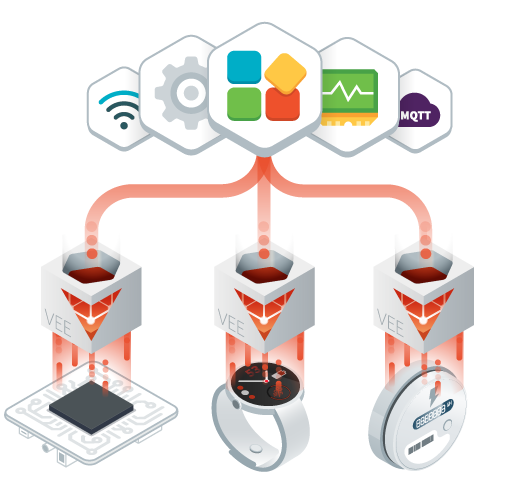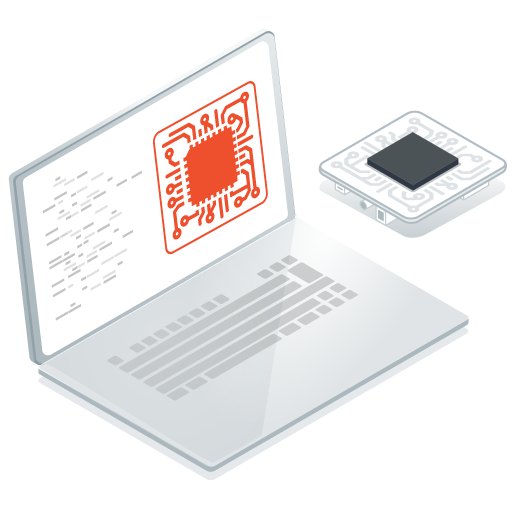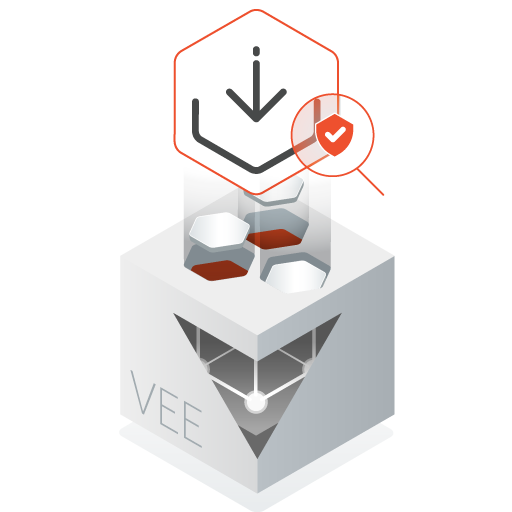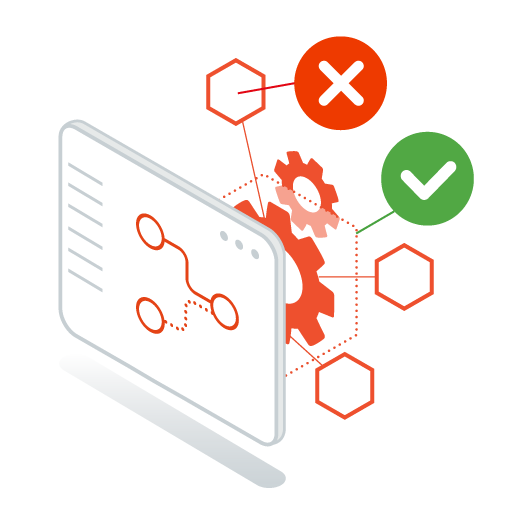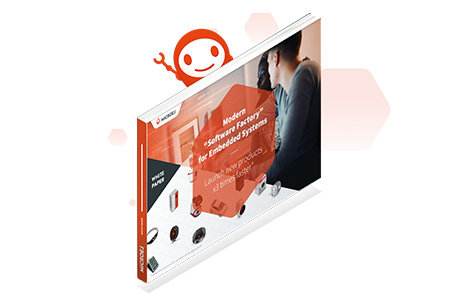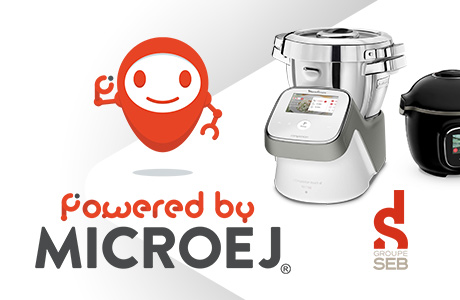To capitalize on innovation, companies have invested billions, yet a McKinsey survey shows 94% of executives are dissatisfied with their firms’ innovation performance. Why are these leaders not receiving the anticipated results from their innovation initiatives despite all their spending? Data from countless customer cases shows that a huge obstacle to innovation is poorly addressed: traditional embedded technologies aren’t fast enough and scalable.
Is Your Development Process Killing Innovation?
Many organizations still rely on legacy embedded processes, which are reliable but slow. However, as the pace of innovation is accelerating, innovation becomes a no-brainer: manufacturers can’t afford to spend years designing and building a new product anymore.
The good news is that processes already deployed for the IT and smartphone industry have proven their efficiency. Agility, modular programming, and automated testing are now becoming adopted into the embedded industry.
How The Mobile Industry Solved Innovation Pace 10 Years Ago
Android was born in a fragmented market but managed to transition from a 5% market share in 2008 to 85.9% in 2017. How did they do it? It all comes from their cheap-to-design approach, which makes it easier and faster to design, test, and release a new application. The second factor of success is servitization, which offers the possibility to generate additional revenue streams through an application store.
MicroEJ uses the same virtualization standard as Android and the same app store principle, hence its “tiny sibling of Android” appellation. In short, it brings the smartphone industry capabilities to the embedded market, with the main difference being that its core processor is 1000 times lighter than Android’s to fit in $1 microcontrollers.
What If You Could Increase The number of Product Releases by 2 or 3 While Saving Resources, Time and Efforts?
The key to a faster innovation pace is removing the hardware and software interlock through a platforming approach. As a result, software teams do not have to wait for the hardware to start prototyping on simulated virtual devices, and can have shorter iteration cycles involving all stakeholders.
Our customer studies show that manufacturers using MicroEJ double their pace of innovation without increasing engineering resources. For example, one leading wearables manufacturer reports a development cycle of just 4-5 months with MicroEJ, compared to a whole year using traditional tools and methods. Another company in the factory automation market says they can now cope with hundreds of actuator references without increasing engineering resources.


